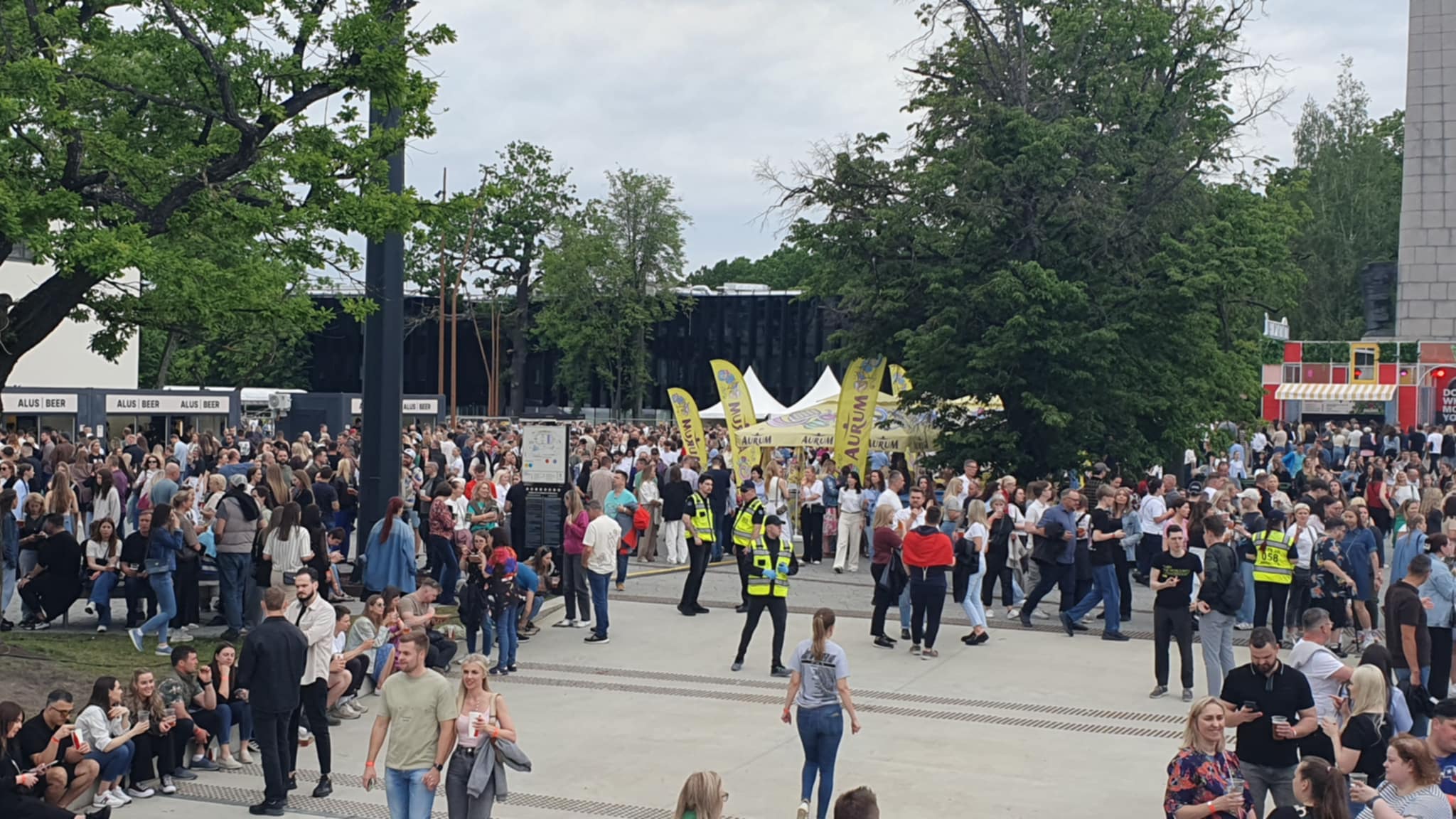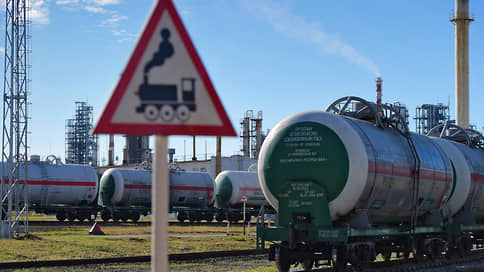The heating season is over: What’s next?

Without disorders
The heating season in Kaunas ended on April 15. It began in 2024. October 14th. It is true that some radiators will still travel the heat.
« First of all, radiators stopped warm in apartment buildings. Education and health institutions will be decided in the near future, » said Šarūnas Bulota, Head of Marketing and Communication at Kauno Energija.
He pointed out that this heating season was quite good, with no major supply disorders. « The city’s heat has been supplied with 450 km of more than 125,000 consumers in a reliable and smooth competitive price, » said Š. Bulota.
He pointed out that although winter looked very warm, the average temperature of this season (excluding April) was about 3.1 degrees and the average temperature of the previous two heating seasons was about 2.5 degrees. « So, the difference is only about half of the degree, » the Kauno Energija spokesman added.
Route: This year it is planned to renew about 13 km of heat pipelines. Photo by Vilmantas Raupelis
New works are waiting
In order for the next heating season to be smooth, there are now a lot of work, inspections and repairs planned.
« As every year, as the heating season approaches, the preparation work started to reconstruct the most worn -out heat supply networks. In Kaunas, nearly 80 % of the main mains have been renovated in Kaunas, but there are still a number of piping in the city, which must be replaced to provide heat to the heat.
This year, the biggest reconstruction work will be carried out on King Mindaugas Avenue. One of the oldest – 1968-1970. – The city pipelines will be replaced on the section from S. Daukantas’ pedestrian bridge to the heat chamber between D. Poškos and J. Gruodis streets. The length of the track is about 1 km. Part of the work will take place in the yards of the dwelling, ”said Š. Bulota.
The reconstruction of the Kaun Energija city heat supply network will also be carried out by Aleksotas (European Ave.), Dainavos (Partizanų St.), Eigulių (Geležinio Vilko St., V. Landsbergio-Žemkalnio St.), Petrašiūnų (Sandraių St.), Šilainiai (Baltų Ave.) University str.
In addition, network development is planned in Aleksotas (European Ave.) and Petrašiūnai (Ateities pl.), Kaunas Free Economic Zone.
In total, about 13 km of pipelines will be reconstructed and new ones will be built. The investment will reach more than 5.6 million. euros.
Hydraulic tests of the heat network will be performed before the reconstruction of the pipelines. By the end of August, the entire 450 km long net will be checked.
« During tests of the hydraulic city heat network, the pipelines cause high pressure to detect defects, causing the buildings to be temporarily stopped by the supply of cogeneration water used to prepare hot water, » said Š. Bulota.
When a particular dwelling house will not have hot water, Kaunas residents can check the Kauno Energija website by entering their address.
Energy prices
Although the average air temperature this year was similar to the previous season, consumers have noticed that they had to pay more this year. A spokesman for Kauno Energija explained in more detail what enters the heat price.
« Heat prices in Kaunas are competitive. The average heat price in Lithuania in Lithuania this heating season was about 7.5 ct/kWh, which was also in Kaunas. For a small change in heat price this season, compared to last season, when the average heat price in Kaunas was about 6.5 ct/kWh, the biggest influenced 9 %.
The VAT rate (until then has a zero rate applied to the heating seasons) and the constant approval of the State Energy Regulatory Authority included in the constant component of the heat price in 2019-2022. Investments, most of which were dedicated to the reconstruction of worn and unsafe heat supply networks, ”explained Bulota.
He added that if the force majeure did not happen, there are no essential assumptions that the heat price could increase significantly.
« Price fluctuations are possible due to the monthly heating price alternating components. It consists of heat, fuel prices and the heat price purchased from independent heat producers. This variable part is about 60-80 % of the final heat price. the guide.





:format(jpeg):fill(f8f8f8,true)/s3/static.nrc.nl/wp-content/uploads/2019/10/youp5bij3.png)


